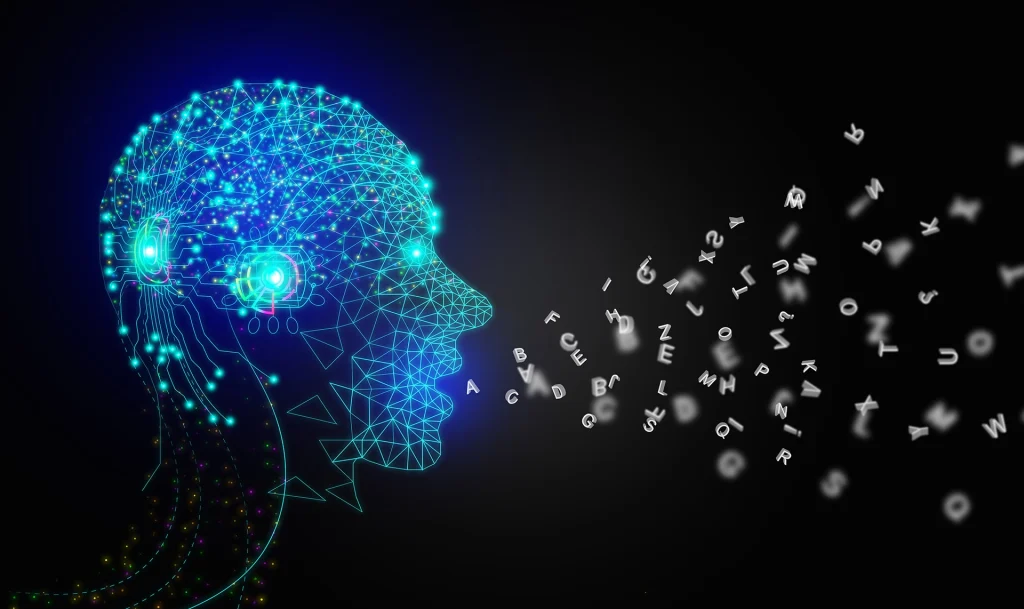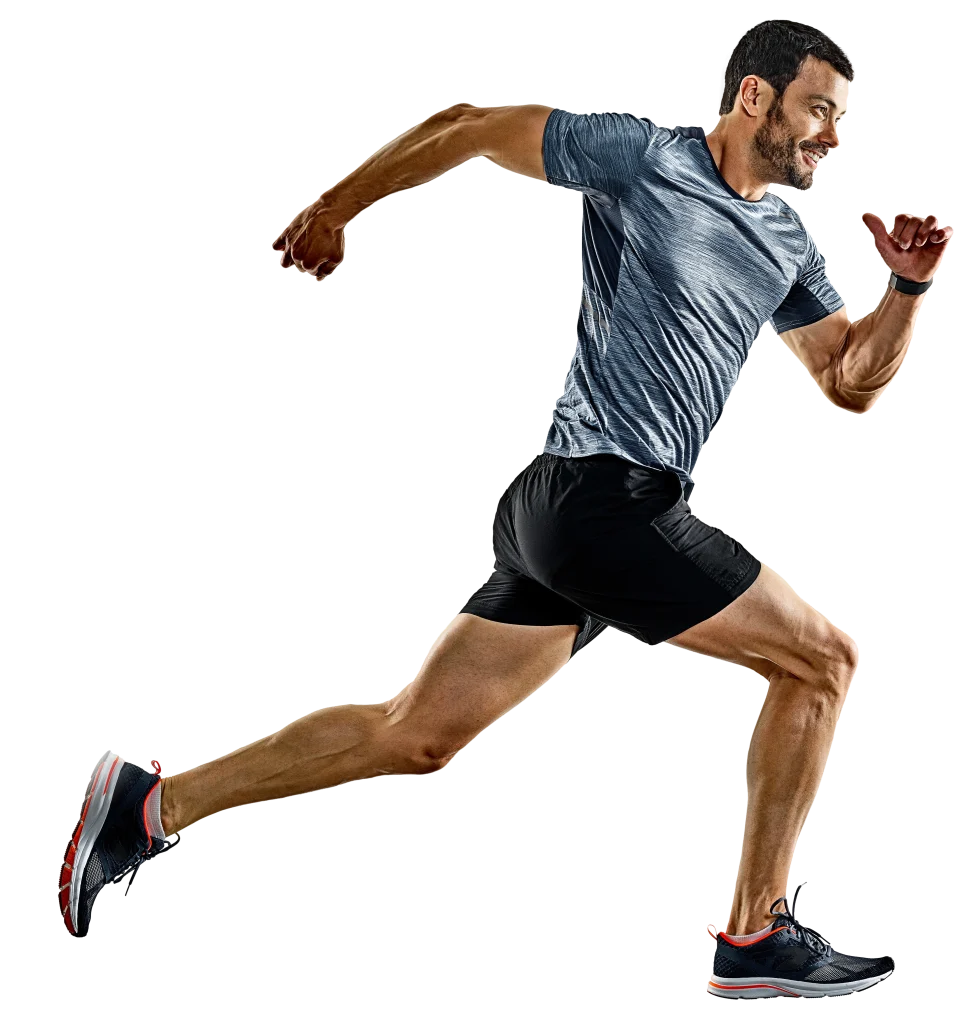TECHNOLOGY
Artificial Intelligence: The End of Superficial Personal Training

When the internet arrived our clients became immediately more informed. Free information could magically appear at their fingertips, sometimes without them even asking for it (the algorithm is always listening…). Trainers with limited knowledge were put under some pressure, but generally still held their value through accountability – that is, being an expensive appointment that clients couldn’t afford to miss, with some motivational words to push them through a planned workout program.
We still didn’t have to be technically brilliant. As long as we got them to commit to and stick to the program – the main factor in achieving their goals – we still had some worth with our savvy pep talks and yells of encouragement.
But now, new technology appears to be threatening the perceived value of Trainers: Artificial Intelligence (AI).
There’s no room for emotion in exercise design
It’s tricky to come across as an authority on all things exercise when a client can just ask ChatGPT anything and get a pretty solid answer.
A workout plan, you say? AI can crunch through massive volumes of data, analyse results that other people have achieved with other programs, and make a good guess which one could be the most effective for you. And that’s just on a 1-1 level. Imagine you were putting together programs for an AI-based workout app. You could ask 50 qualified Trainers to design a program for 50 different individuals with 50 different metrics and use their inputs to create an entire design thinking process with exponential variety! Compare that to a mediocre Trainer who looks at program design as little more than a creative writing exercise, using programming decisions that might be influenced by:
- “Oh, that would be fun to do next!”
- “I’ve personally been loving these lately.”
- Including exercises purely because the machine is situated close to the machine used in the previous exercise.
- A new influencer with glossy Instagram reels declares it’s “THE BEST”!
- Personalisation? Maybe a couple of muscle-specific exercises, if the client is more focused on their [insert: chest/arms/glutes].

If anything, AI’s complete lack of emotion can make it better at programming than us humans. This is because it does not – cannot – have any personal preferences; it suggests exercises that the data shows have been effective in delivering results.
AI can even count better than us! Trainers who count a client’s reps out loud are distracting every other trainer in the vicinity, as well as their clients. These days, with accelerometers, sensors and cameras, AI can do it in the background.
So, what does this leave us with to offer when it comes to exercise programming and accountability? All that’s left is what AI cannot do – true personalisation.
Putting the ‘personal’ in personal training
Great program design is exactly that: design. Not simply selecting exercises.

Consider an individual’s training objectives and the tools available in the gym to apply force and create the stimulus to achieve them. The better we tailor this stimulus to the individual’s structure, abilities and goals, the more likely the adaptation will be in line with those goals, and with a lower potential cost of the exercise, in terms of joint wear and tear.
This is something AI cannot do. I’ve seen it try. For example, a smart scanner that measures your height and automatically adjusts its connected machines to suit sounds great; but it can’t account for your hamstring mobility and, therefore, what degree of hip flexion is appropriate for your leg extension exercise.
On the same exercise, it can’t establish the exact degree of internal/external rotation that will safely and effectively align the sagittal plane of motion of a client’s knee joint, to reduce lateral shearing forces during the exercise. It also can’t tell them the appropriate amount of dorsiflexion to maintain during seated hamstring curls to create sufficient bias of the hamstrings in knee flexion, all without compromising the integrity of the knee joint. AI is also highly unlikely to choose the combination of thigh and calf pads to correctly accommodate varying widths in a client’s thighs to best align with the machine’s axis of rotation. Nor is it able to inform a client of the degree of knee extension possible and appropriate for them, their strength in those ranges, and the tolerance to explore them.
Additionally, AI also cannot tell a client on which rep to stop, based on execution and control, or whether to push through a few more based on their progression of control.
Bottom line: AI cannot engage in real feedback with a client or make split-second adjustments based on their physical cues.
To be fair – this stuff is very advanced. There’s only one way to learn how to calculate this level of customisation for clients, and that’s by understanding exercise mechanics – the single source of truth. The relationship between positional anatomy and the application of physics is what governs all exercise.
AI is exactly that: artificial
Don’t get me wrong – this AI-driven fitness tech is all very impressive. New machines use ‘recurring strength tests’ to adjust to the ‘optimal training weight’ and create ‘ideal conditions for successful workouts’. But that’s kind of the point: what is optimal? What is ideal? And how does this differ between clients?
AI can’t have a conversation with a client about how they’re feeling that day. It can’t tell the client that they won’t explore the fully shortened range of motion on a particular exercise because they don’t seem ‘up for it’. It can’t gauge how ‘warmed up’ they are, or the amount of intention they’re ready to contract with. It also can’t judge their range of motion changing throughout a set, which is affected by both improved potentiation of the muscle and fatigue.
And even if one day it is somehow able to do all of these things, it will never be able to throw the rulebook out the window when faced with a client who feels knee pain. It can’t use intentional misalignment and cues to encourage lateral forces through the knee to improve an exercise by doing everything ‘wrong’.
Wiring ourselves for success
It’s easy to see AI as a threat, but with the right perspective, it’s even easier to see it as an opportunity.
Used responsibly, AI can take all the menial tasks off our hands, leaving us to focus on the most important factor in our jobs: creating an exceptional exercise experience for our clients.
Of course, that comes with a dedication to proper education.
I’m not saying it’s easy. Exercise mechanics is highly specialised. The human body is a complicated system, and let’s face it, many of us were looking forward to leaving physics behind when we chose this profession. But when the smoke clears after AI’s explosion into all aspects of the fitness industry, those Trainers who understand how to analyse, customise and optimise exercise will have a significant advantage over the computers, and their competition.


